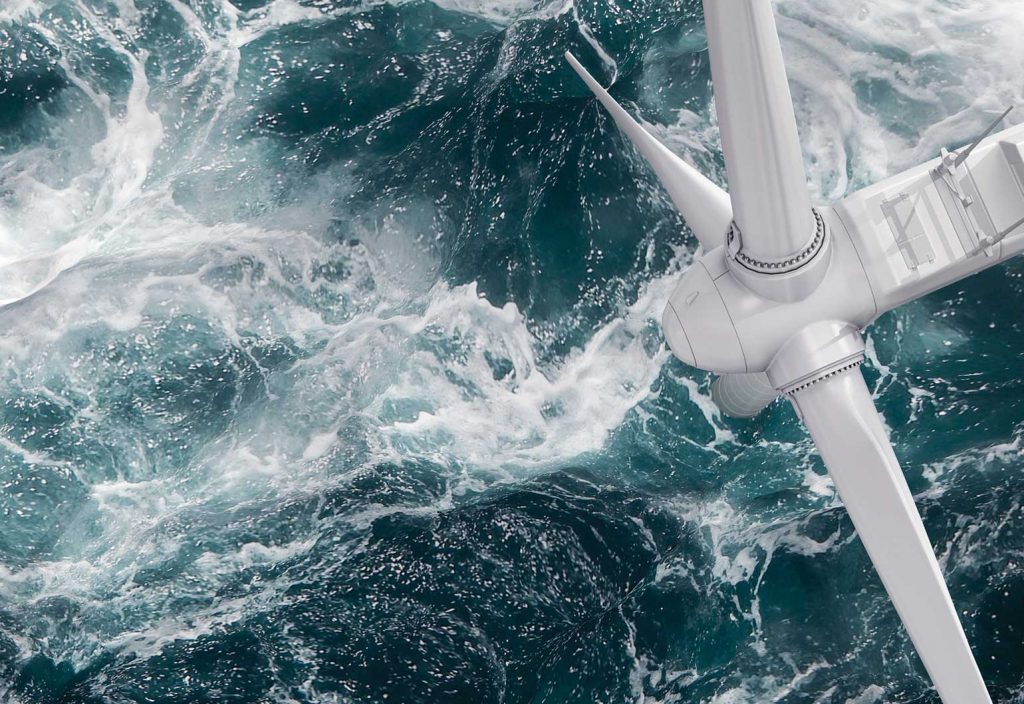Readers often write in to create magazine to debate and discuss important issues within the engineering profession. Here, Stéphanie Groen and Ben McGarry MIEAust CPEng from Aurecon discuss the importance of finding new ways to address a pressing problem.
The Philippine archipelago officially comprises 7641 islands, not including the thousands of shoals and sandbars that emerge during low tide. While technically not on the map, some of these vanishing sandbars have become popular destination spots among tourists around the world because of their ephemeral nature and beautiful stretches of white sand beaches.
Other islands and areas in the country and in many parts of the world, however, have a different story. Rapidly rising sea levels have led to some being swallowed up, with others on the verge of following suit.
While we’ve always had to defend against natural elements, now the very resource responsible for keeping us alive — water — is increasingly becoming a danger to our habitats. Climate change creates rising seas, coastal erosion and more floods in large coastal cities, with four out of five people in South-East and East Asia living in cities affected by sea-level rise.
As sea levels continue to rise, simply fighting or fleeing may no longer be feasible. The alternatives will use smart engineering, new technologies and adaptable ways of living. But the biggest change will be our mindsets: are we ready to start living with the effects of climate change rather than reacting against it?
With modern engineering and technologies, threatened coastal cities can also fight a guerrilla action against the changing climate and its attendant inundation.
Cities are looking to divert or ride over flood waters. For instance, Tokyo suffers from coastal subsidence and has historically built seawalls in addition to the Metropolitan Area Outer Underground Discharge Channel, a massive tunnel system 50 m under Tokyo designed to allow flood waters to surge underneath the city rather than across it.
In some of China’s major Pearl River delta cities, the problem is too much concrete covering what used to be open nature areas that would otherwise absorb and channel groundwater. In response, the Chinese government is building ‘sponge cities‘, where permeable road and footpath surfaces absorb flood waters. Flood-prone Mumbai is also looking into sponging flood waters with new road surfaces, and Bangkok is experimenting with giant underground cisterns that collect flood waters.
Sea-threatened cities such as Amsterdam and Rotterdam respond the other way around: their city councils constantly build-up their sinking footpaths and roads to keep the city’s elevation where it needs to be.
As climate change brings rising sea levels and coastal erosion, governments and their engineers will have to deploy a range of strategies to ensure that city populations can remain living on coasts, within their budgetary constraints, and in a way that does not create further socio-economic issues. This will require a shift in mindset, a commitment to live with the changing climate, rather than fighting it.
One of the advantages of learning to live with climate change is that governments can reimagine national resources, unlocking potential through ‘offshoring’ — placing infrastructure on the sea itself. Along the Atlantic coast of the United States, and in shallow areas of Asia and North Sea, offshore wind farms and marine current turbines are being built, while a number of floating wind farms are in development or have early pilots. Learning to live with our new water dynamics can also be practical.
Look at the Brisbane River ferry terminals, in which the wharf is able to passively pivot with the flooding river on giant “hinges”. The wharf goes with the flow, instead of becoming increasingly resistant, saving the infrastructure.
The way ahead will be to expand our options from simply fight or flight, defend or retreat. This is going to entail new technologies, new engineering techniques and powerful monitoring and sensing platforms. It will involve a great deal of science, engineering and strong political leadership. Collaboration will be critical and it will be impossible to operate with an individualistic mentality when it’s every country for themselves.
Most of all, it will require positive thinking — a change of mindset: we’ll no longer fight nature or run from it; we will embrace it and live with it.
Stéphanie Groen and Ben McGarry MIEAust CPEng
Aurecon
